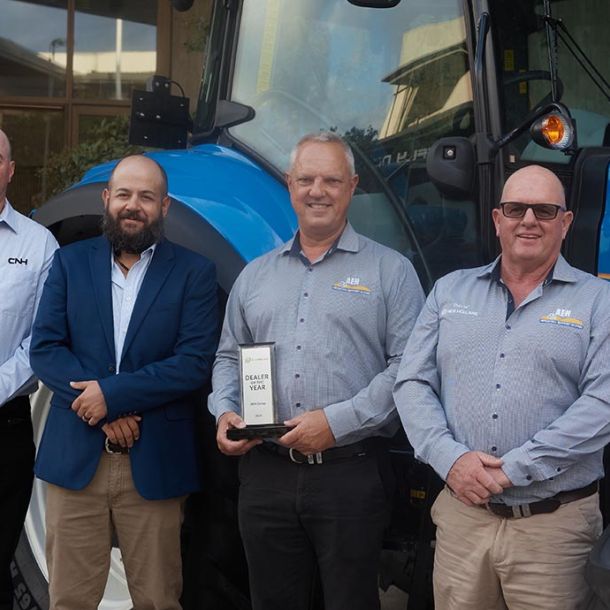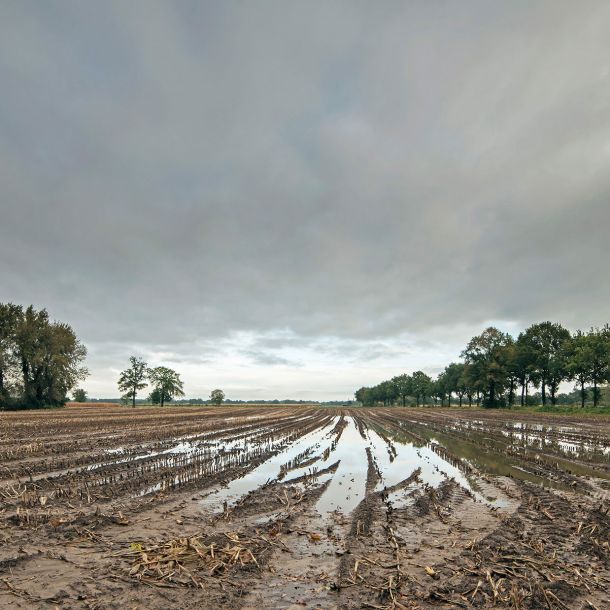Strategic tillage could benefit no-till crop rotations on dairy farms
A new study by a team of researchers from Penn State suggests that strategic tillage, used in conjunction with cover crops and perennials, can provide an effective alternative to the overuse of herbicides in no-till systems.
The Benefits of No-Till Agriculture on Dairy Farms
No-till agriculture is a farming method that involves minimal soil disturbance, which can lead to improved soil health, increased water retention, and reduced erosion and sedimentation. However, the heavy reliance on herbicides to control weeds and terminate cover crops in no-till systems has resulted in the emergence of herbicide-resistant weeds and concerns about negative impacts on human health and the environment. A 2017 survey by the U.S. Department of Agriculture revealed that 67% of crop acreage in Pennsylvania is managed with no-till, and 24% with cover crops.
Integrated Weed Management: An Alternative to Heavy Herbicide Use
Instead of relying on herbicides, the Penn State researchers advocate for integrated weed management, which employs multiple weed-control practices. This approach can reduce the environmental load and human health concerns associated with heavy herbicide use. The researchers point out that when herbicides are used repeatedly to kill cover crops and perennials, it can lead to the selection of herbicide-resistant weeds and contamination of the environment.
The Study: Strategic Tillage in No-Till Crop Rotations
The study, conducted at Penn State’s Russell E. Larson Agricultural Research Center, contrasted two cropping systems: a continuous no-till system using herbicides, and an integrated weed management system using strategic inversion tillage and fewer herbicides. The researchers measured soil health indicators such as levels of desirable soil carbon and water-stable aggregates, which refers to a desirable soil-clumping quality that promotes soil porosity, facilitates water and air infiltration, reduces soil erosion, and enhances growing conditions for plant roots and soil organisms.
The experiment was conducted in a US Northeast dairy farm rotation consisting of winter canola, or canola, plus oats, followed by a rye cover crop; soybean followed by a rye cover crop; and corn grain or corn silage, followed by three years of perennial forage of alfalfa and orchard grass planted with a companion small grain.
The Results: Strategic Tillage Can Maintain Soil Health
The researchers reported that they sampled soil at two depths – 2 inches and 6 inches – for total carbon and bulk density. They discovered that, despite initial smaller soil health values in the strategic tillage system following the first tillage, the integrated weed management system using strategic tillage and fewer herbicides resulted in similar or better soil health indicators than the continuous no-till system using herbicides.
For instance, the strategic tillage system had greater soil carbon and water-stable aggregate levels at both 2 and 6 inches, indicating that the soil was better able to retain water and provide a healthy environment for plant roots and soil organisms.
The study suggests that the use of strategic tillage in no-till crop rotations can provide an effective alternative to the overuse of herbicides in no-till systems. By using strategic tillage in combination with cover crops and perennials, farmers can maintain soil health, reduce the emergence of herbicide-resistant weeds, and improve the overall sustainability of their farming operations. Furthermore, the use of strategic tillage can reduce the environmental load and human health concerns associated with heavy herbicide use.
Dairy farmers looking to implement strategic tillage in their no-till operations can consider using a machine such as the Speedtiller® from K-Line Ag. This machine is specifically designed to assist farmers with strategic tillage operations, and can help to improve soil health and reduce the reliance on herbicides.
Overall, the study provides valuable insight for dairy farmers looking to improve the sustainability of their no-till operations. By considering the use of strategic tillage and integrated weed management, farmers can maintain soil health, reduce the emergence of herbicide-resistant weeds and improve overall sustainability of their farming operations.








